Summer vegetables are those harvested during the warm months. These vegetables are known for bringing vibrant flavors and freshness to our meals.
Summer veggies come in many types, from leafy greens to root vegetables, offering diverse options for culinary recipes. For a comprehensive view, I’ll introduce the 13 best choices for the summer with many insights, from their taste, appearance, culinary practices, and even benefits.
Moreover, cooking and preservation methods for summer vegetables are essential to maintain their quality and extend their shelf life, which I’ll discuss later.
Different regions around the world highlight their unique summer vegetables, influenced by local climates and cultural preferences. So make sure you don’t miss any details about it in this post.
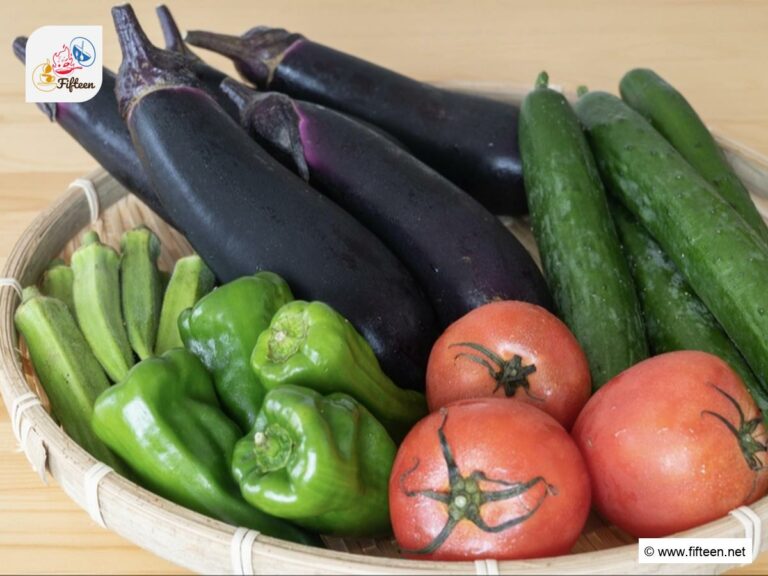
13 Summer Seasonal Vegetables To Buy and Eat
Check out 13 options below for summer veggies that you can easily find in the market (or making food at home). Remember to utilize the filter for better searching.
Tomato
- For Beverages
- For Dishes
- For Garnishes
Tomatoes are a famous vegetable in summer. Botanically, it’s a juicy fruit treated as a vegetable in culinary contexts. Their growth peaks during the summer, making them a seasonal favorite for fresh, homemade dishes like salads, salsas, pasta sauces, soups, and more.
Tomatoes pair well with other summer vegetables like cucumbers, bell peppers, and zucchini, providing you with more nutritional foods to add to your meals.
Besides being rich in vitamins C and K, tomatoes also offer a good source of antioxidants like lycopene, which is beneficial for heart health and may reduce the risk of certain cancers.
Cucumber
- For Beverages
- For Dishes
- For Garnishes
Cucumber, known for its refreshing taste and high water content, is a perfect veggie in the summer. The heat encourages rapid growth, creating a plentiful harvest perfect for seasonal eating.
These elongated, green-skinned vegetables have a cool, crisp texture with a mild, slightly sweet taste, complementing other ingredients excellently. You can enjoy them raw or make pickles, blend them into gazpachos, and add them to salads, sandwiches, or refreshing drinks.
They not only enhance dishes’ flavor but also keep you hydrated.
Bell Pepper
- For Dishes
- For Garnishes
Another veggie that thrives well in the warm summer months is bell pepper. Bell peppers come in different colors: green, red, yellow, and orange. Green bell peppers are slightly bitter, while red, yellow, and orange ones are sweeter due to their longer ripening period.
Their bright colors and crisp texture make them ideal for salads, salsas, stir-fries, stuffed and grilled recipes.
Moreover, bell peppers are easy to grow in home gardens and can be harvested throughout the season.
Summer Squash
- For Dishes
Summer squash, as its name suggests, is a group of veggies perfect for summer. They come in different varieties with different shapes and colors, including yellow straightneck, crookneck, and zucchini.
Summer squash is typically harvested while still immature, ensuring tender flesh and a mildly sweet taste. Its thin, edible skin and soft seeds mean minimal preparation is required. So, just add them to stir-fries, salads, and grilled recipes and taste the summer freshness.
Regarding the nutritional value, summer squash is high in vitamins A and C, as well as dietary fiber.
Corn
- For Dishes
Corn, particularly sweet corn, is a beloved vegetable with sweet, tender kernels. Corn is typically planted in late spring and harvested in summer, making it a staple in summer barbecues and picnics.
Common dishes with it are grilled corn on the cob, corn salads, and salsas. Corn can be enjoyed in various ways, such as grilled, boiled, or roasted. Its natural sweetness and crisp texture also pair well with others like tomatoes and bell peppers.
Eggplant
- For Dishes
Originating from India, eggplant is another ideal summer vegetable with a deep purple, glossy skin and tender, mildly sweet flesh.
They are now a well-loved food in many cuisines, including Mediterranean, Asian, and Middle Eastern dishes. Their ability to soak up flavors makes them ideal for grilling, roasting, and frying, which are essential for summer barbecues and light, refreshing meals.
Rich in fiber, vitamins, and antioxidants, eggplants contribute to a healthy diet, supporting digestion and reducing inflammation.
Bean and Pea
- For Dishes
Summer months provide good growing conditions for beans and peas, which require plenty of sunlight and well-drained soil to reach their peak. With varieties like green beans, snap peas, and snow peas, they flourish in the sun, producing tender pods.
Their versatility in the kitchen is unmatched; they can be steamed, sautéed, or enjoyed raw, retaining their bright color and crunchy texture. Beans and peas are perfect for fresh, crisp salads and stir-fries.
They are also rich in vitamins A, C, and K, fiber, and protein.
Okra
- For Dishes
Native to Africa, okra, often called “lady’s finger,” is a warm-season crop distinguished by its tall, slender stems and bright green pods. The vegetable is harvested when the pods are tender and slightly fuzzy, ensuring a fresh and crisp texture that enhances summer dishes.
Okra has a mild flavor and slimy texture when cooked. They are particularly popular in Southern, Creole, and Indian cuisines. Another special quality of okra, which thickens soups and stews, is especially cherished in classic dishes like gumbo and bhindi masala.
In addition, okra’s high tolerance for heat and drought conditions is why okra has become an essential summer vegetable.
Lettuce
- For Dishes
- For Garnishes
Lettuce, with varieties like romaine, iceberg, and butterhead, brings freshness to any dish. Its peak season during the cooler months of spring and fall ensures it’s at its most tender and flavorful, making it a popular choice for hydrating meals in hot weather.
From salads to sandwiches and wraps, lettuce provides a crunchy addition to dishes. Its low-calorie content is also a plus for your diet plans as well.
Beet
- For Dishes
- For Garnishes
Beet, or beetroot, is a root vegetable often planted in the spring and harvested throughout the summer, making it a seasonal favorite.
Beets are incredibly versatile; they can be eaten raw, roasted, boiled, or pickled. Thanks to their deep red color and earthy flavor, beets shine in many recipes, from salads to roasted vegetable medleys.
Their natural sweetness matches well with other summer veggies, like cucumbers and carrots. They are also particularly valued for their ability to support heart health and reduce inflammation.
Carrot
- For Dishes
- For Garnishes
Known for their bright orange color and sweet, crisp taste, carrots are a great ingredient in many dishes, especially in summer. Although they can be harvested year-round, the warm summer months yield the sweetest ones.
With a crunchy texture and natural sweetness, carrots can be eaten raw in salads, roasted as a side dish, or blended into refreshing smoothies. In terms of nutrients, this root veggie contains high levels of beta-carotene, fiber, vitamins A, C, and K, and potassium.
Tomatillo
- For Dishes
Tomatillos, often called Mexican husk tomatoes, are small, round fruits encased in a papery husk. They are easily recognized with a green color when ripe.
Known for their tart, citrusy flavor, tomatillo adds flavor and texture to salsas, sauces, and soups, especially in Mexican and Southwestern cuisines.
They also contain vitamins C and K, fiber, and antioxidants, making them a healthy addition to diets.
New Potato
- For Dishes
New potatoes are those harvested early in the growing season. Therefore, they are smaller and sweeter than their mature counterparts, with tender skins and creamy texture.
New potatoes are commonly used in salads, roasted, or simply boiled with a touch of butter and herbs. Plus, their thin skins mean there is no need to peel them, preserving their nutritional content and making preparation quick and easy.
These potatoes are also known for their firm texture, which holds up well in various cooking methods.
What Are Suitable Cooking Methods For Summer Vegetables?
Here are 5 common cooking techniques to prepare summery veggies.
How To Preserve Summer Vegetables For Year-Round Consumption?
To make sure your favorite summer veggies are available year-round, below are 4 good ways to preserve them while retaining flavors, textures, and even nutrients.
The methods are also ideal for preserving fresh summery fruits, especially freezing, pickling, and canning.
What Are Ideal Summer Vegetables in Different Countries?
Below are 5 countries and their favorite vegetables in summer.
Lastly, I hope you enjoy learning new things about summery vegetables. If you find it helpful, please click like or share it with your loved ones. Thank you!


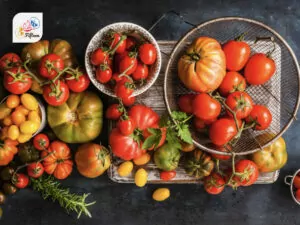
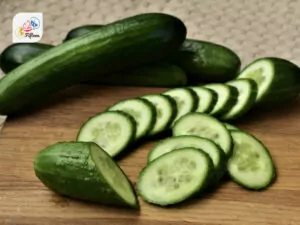
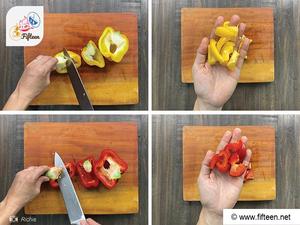
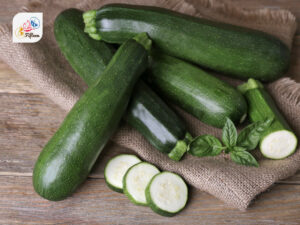
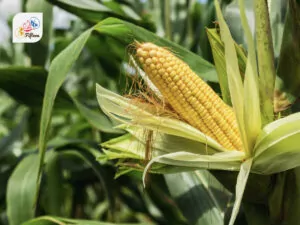
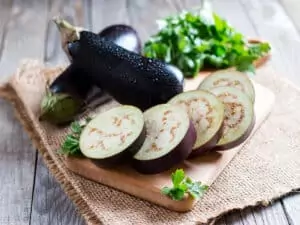
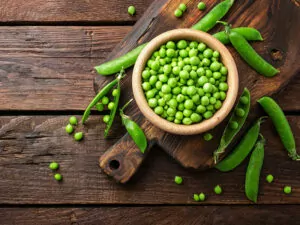
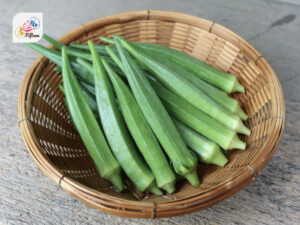
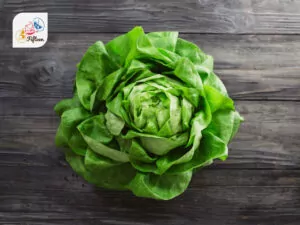
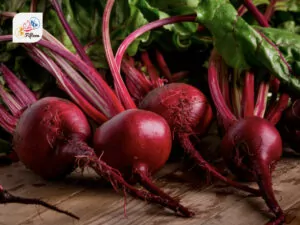
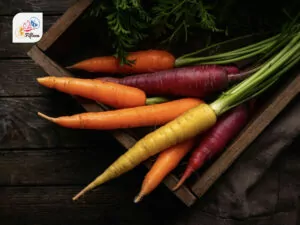
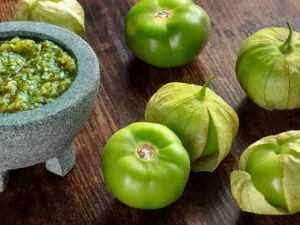
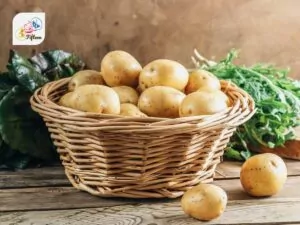
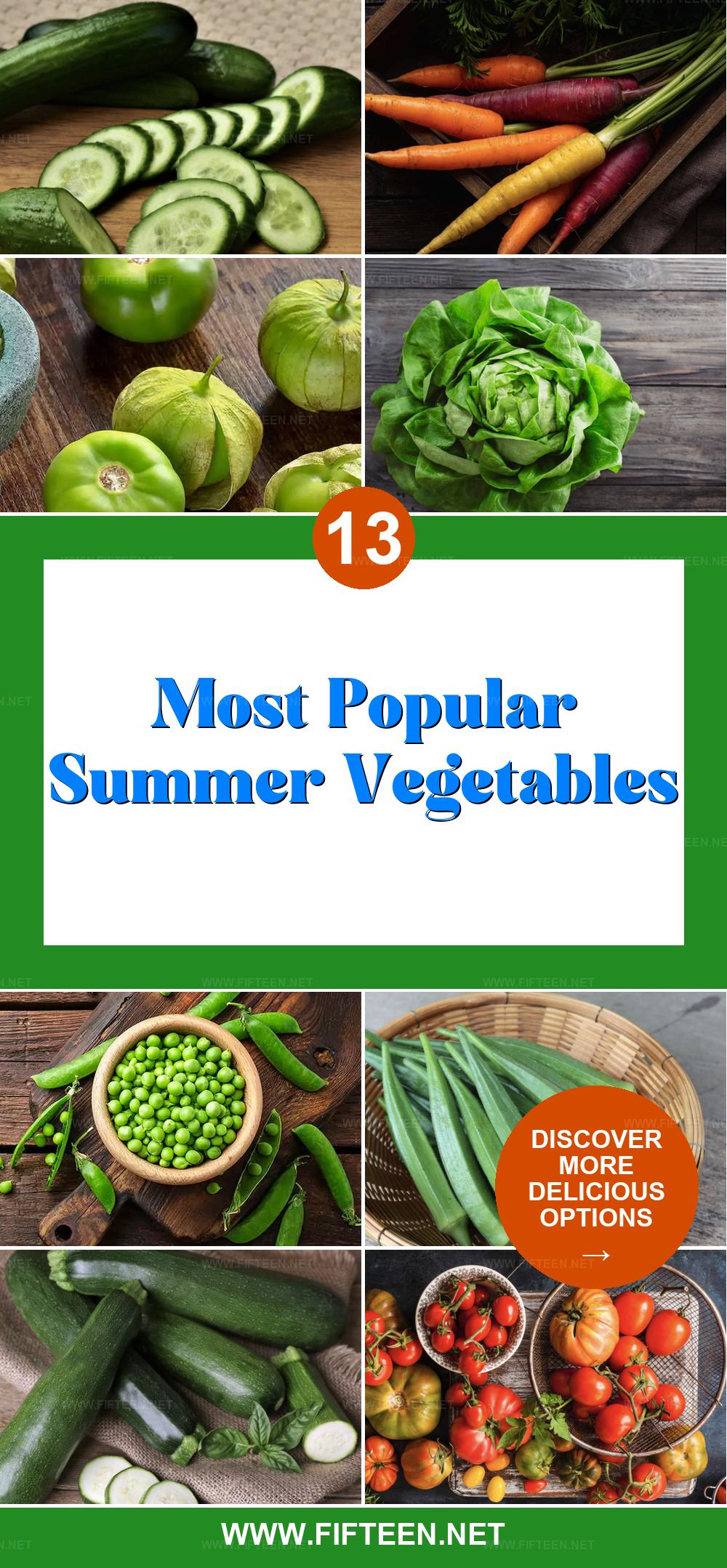
Jamie Scott
Editor in Chief, Senior Content Writer
Expertise
Home Cooking, Meal Planning, Recipe Development, Baking and Pastry, Food Editor, Cooking-video Maker, Western Food Evaluation Expert
Education
Le Cordon Bleu College of Culinary Arts
Local Community College, New York, NY
Jamie Scott is a skilled culinary expert and content creator specializing in Western cuisine. With over 15 years in the culinary field and formal training from Le Cordon Bleu, Paris, Jamie deeply understands how to blend nutrition with delicious flavors. His passion for cooking matches his commitment to making healthy eating accessible and enjoyable.
On Fifteen.net, Jamie brings a fresh perspective to classic dishes and beverages, offering readers insightful recipes, cooking tips, and a fresh view on meal planning that emphasizes taste, health, and simplicity.